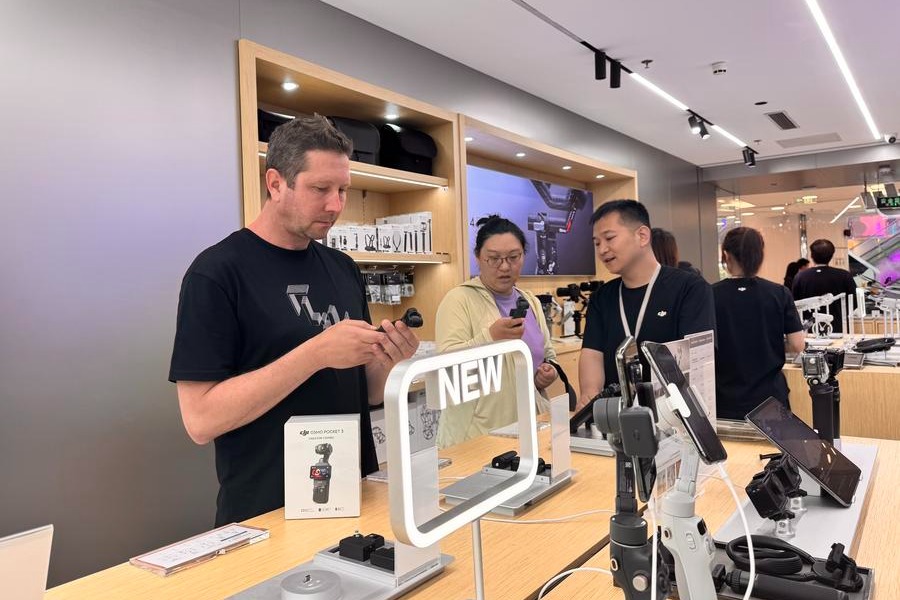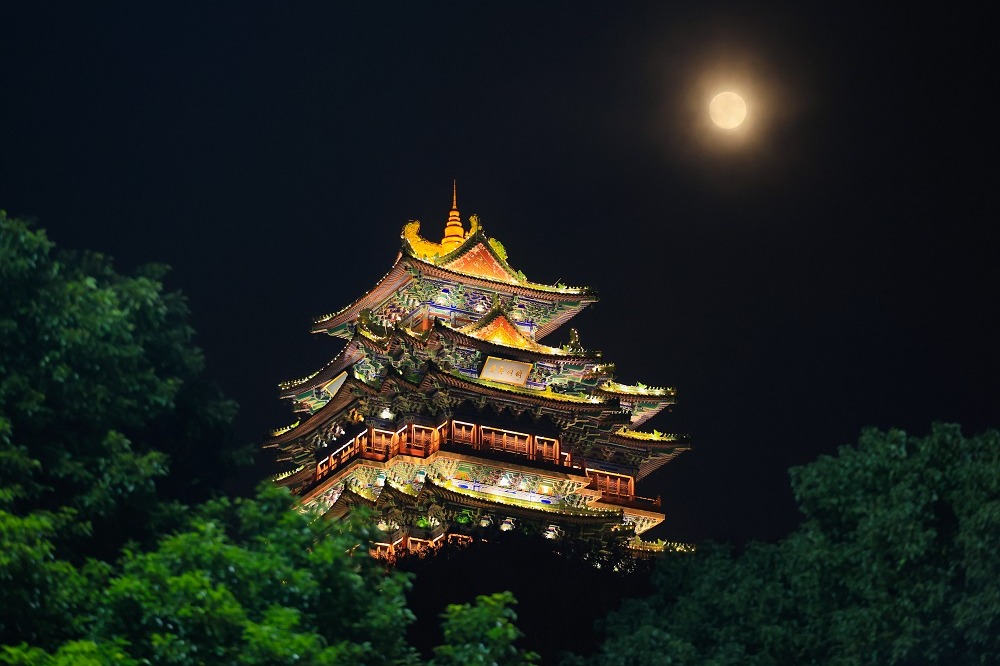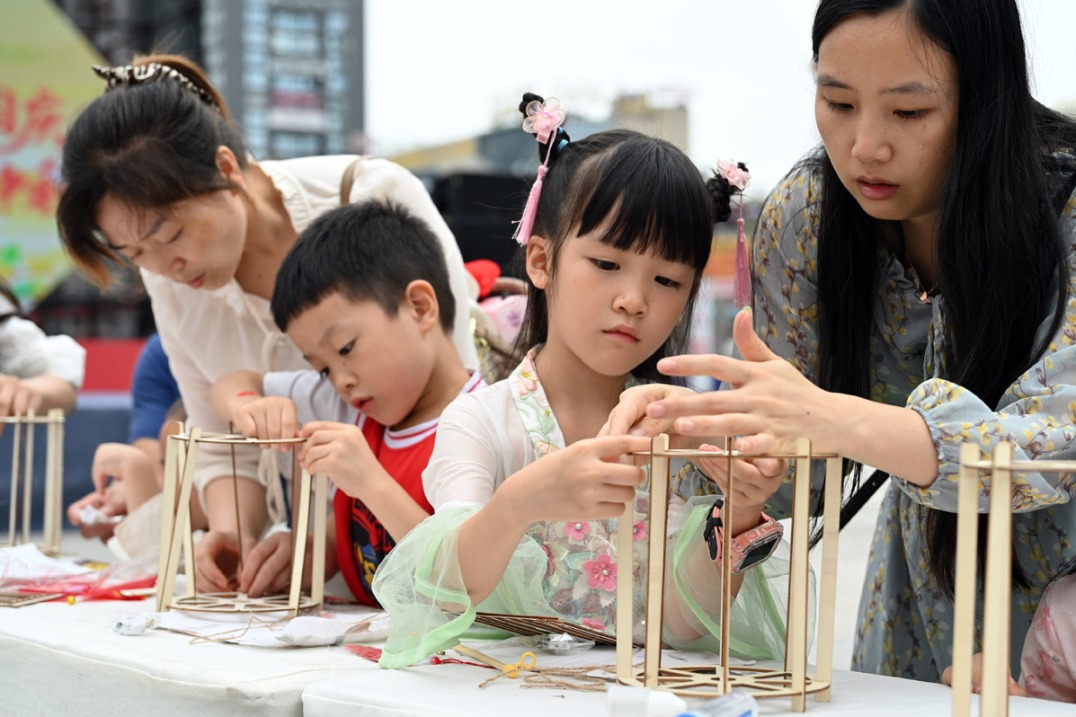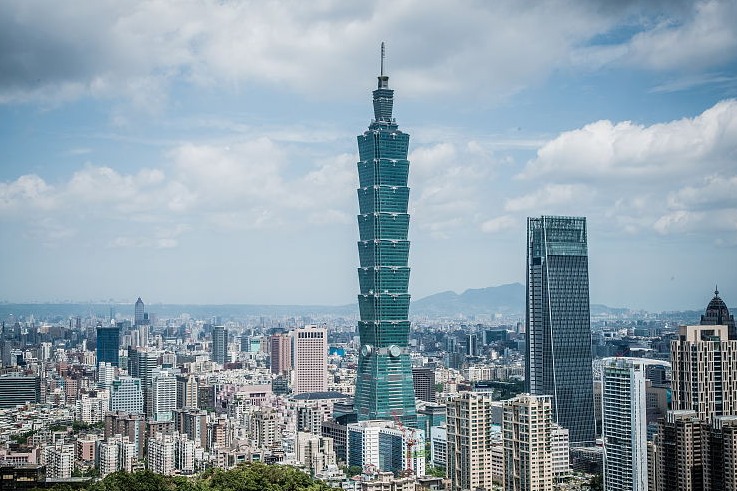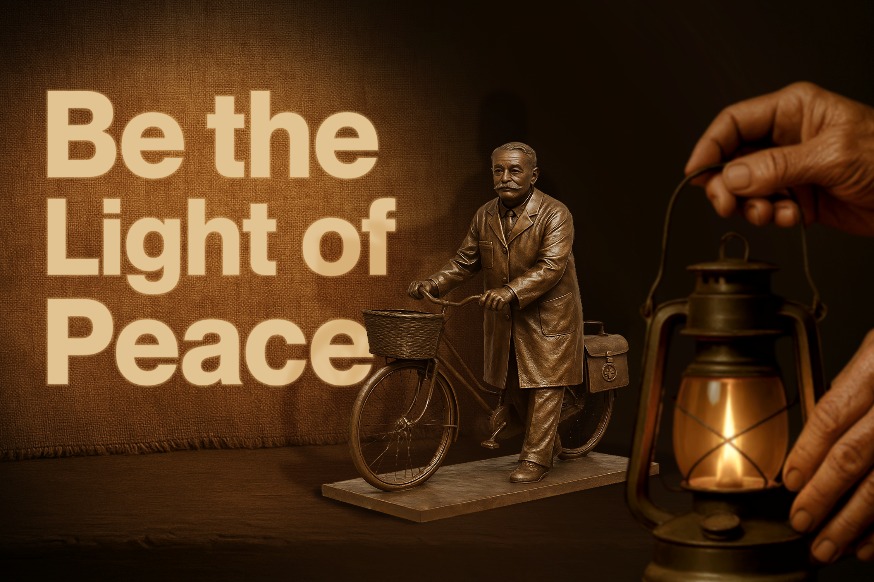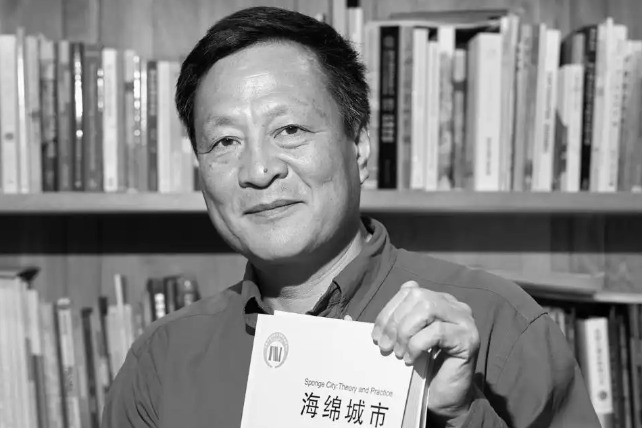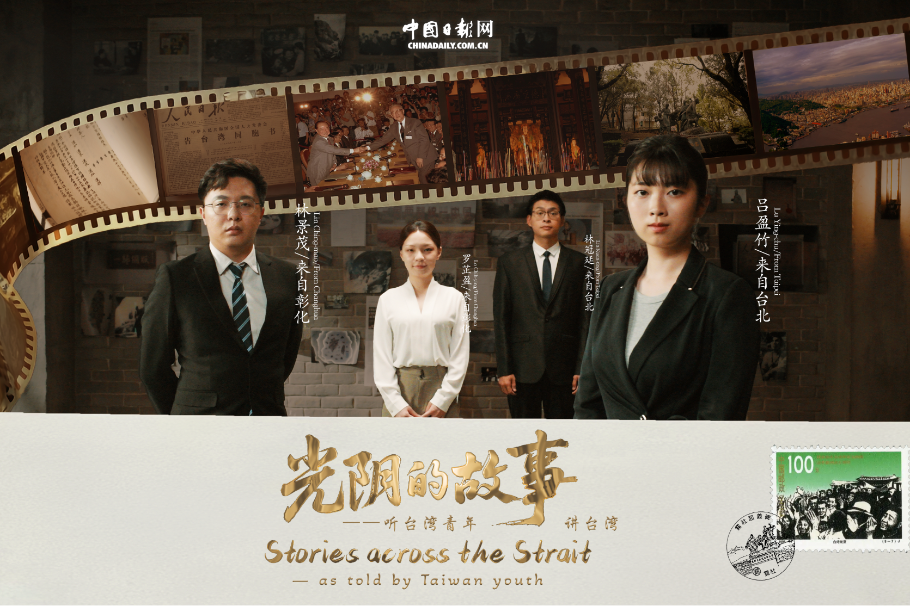A gift from star-reaching national missions


Based on the data from Wang and her colleagues, Wu recommended to Beijing the three safest oval-shaped areas within the targeting landing zone. Beijing settled for area number 16 – the least risky one found by the team. It signaled the team had accomplished its mission. Wang, however, had to wait for orders until the big day of the landing.
Upon receiving the first group of images captured by cameras during the nine-minute touchdown sent back to Earth after the landing, Wang instantly recognized the locations of the craters shown in the picture. Her contribution helped to significantly narrow down the search for the lander using the cameras on the Tianwen-1 orbiter.
Hitting the target was no coincidence. When Wang was assigned the task, the 27-year-old scientist trained herself to memorize the features of the entire landscape, until each crater became as familiar as the "faces of friends".
Then came the big announcement from the country's space agency: "The lander of China's Tianwen-1 mission landed successfully on Mars in the early morning of May 15". The coordinates of the landing site were 25.1 degrees north and 109.9 degrees east.
The Hong Kong research team was also impressed that the Tianwen-1 lander had ended up landing near the center of the area – an engineering feat that turned their findings into reality.
The researcher from Shandong province began her doctoral studies in Hong Kong in 2016, just as the Mars project began. The advanced space project, a highlight of her doctoral and postdoctoral days, was the perfect graduation gift.
Yet to determine her career after graduation, Wang said further scientific exploration would be her first choice.
If Wang was offered a ticket to other national programs towards the stars – which have been lined up in the country's schedule from the second half of the year until 10 years from now, she said she would definitely accept.
"I can't see a single reason for me not to. It'll be a gift. Why not take it?" Wang said.
- Ancient grottoes in Southwest China survive, thrive via innovative measures
- Macao sees tourism boom during National Day, Mid-Autumn Festival holidays
- Shanghai's Huaxin town showcases rural revitalization efforts
- Taiwan residents flock to mainland during holiday season
- National Day holiday box office exceeds 1.6b yuan
- China rushes farm machinery to key grain belt as rain threatens harvest


















